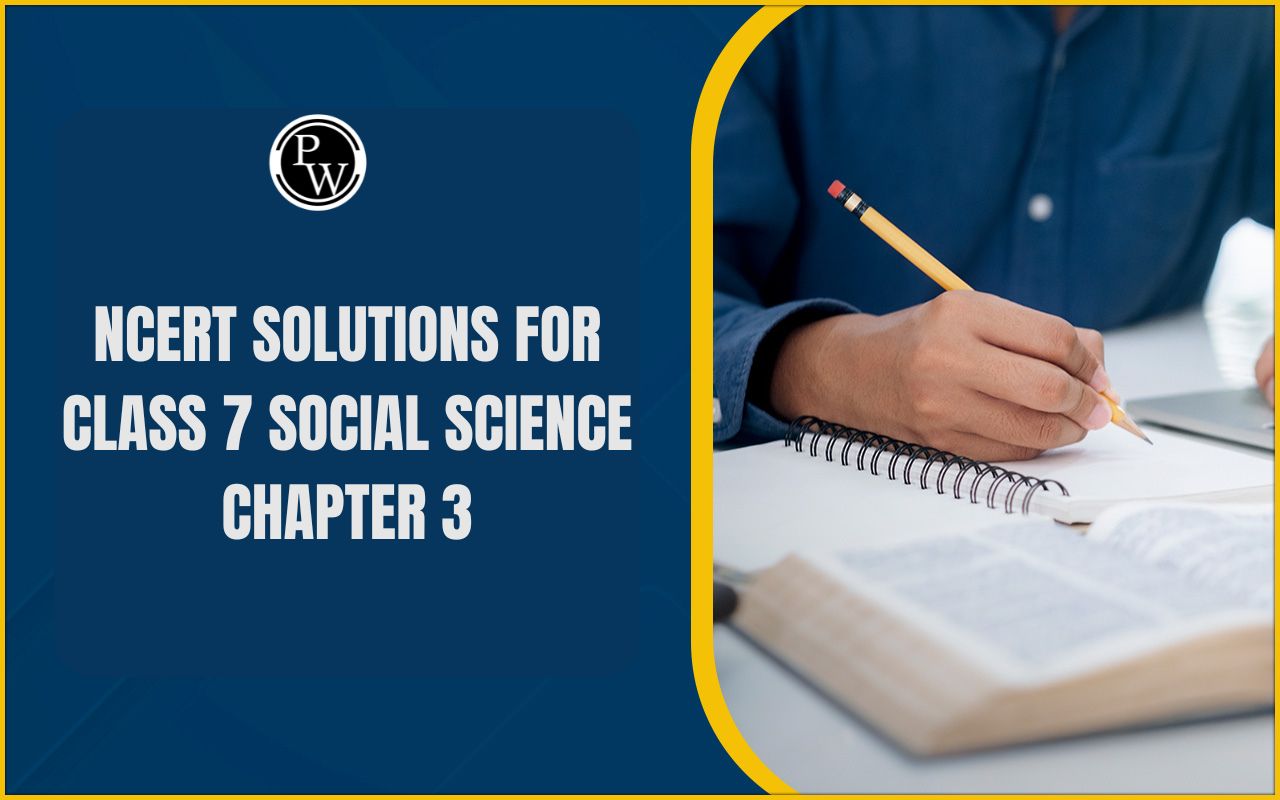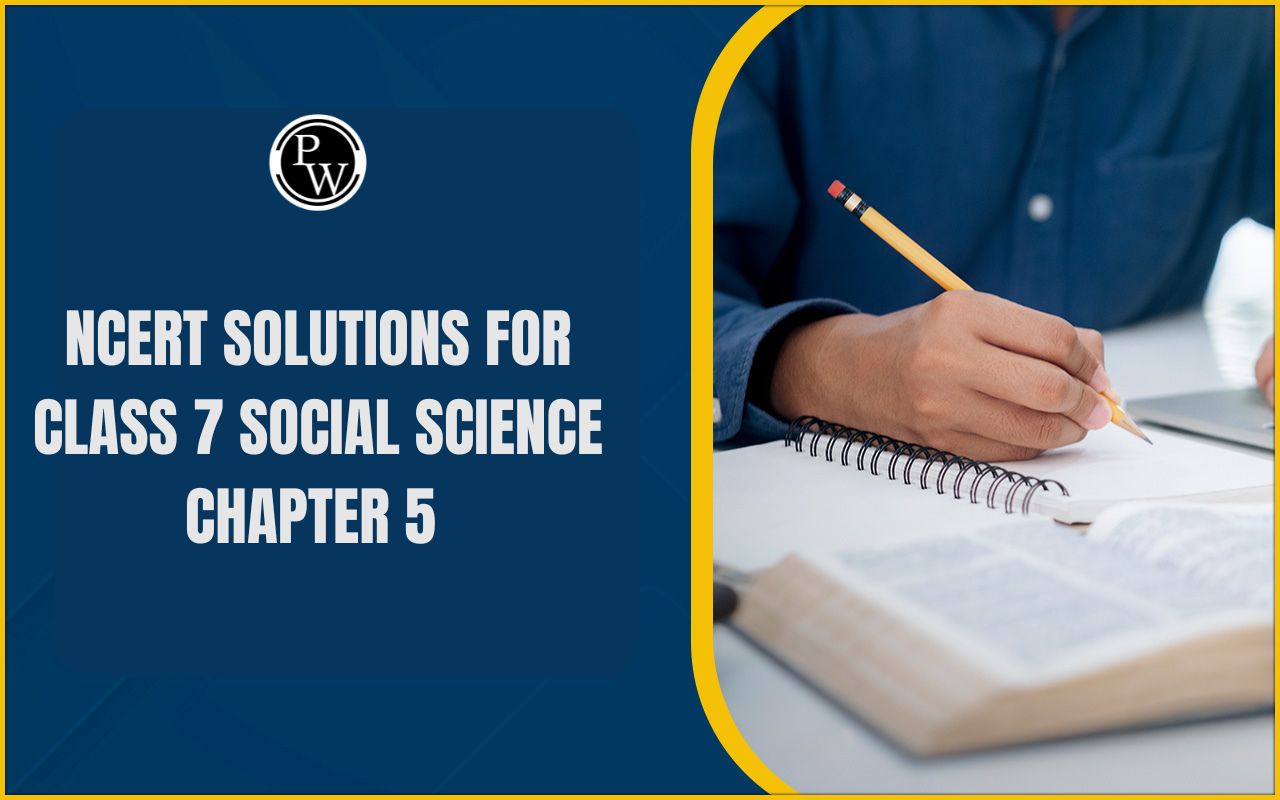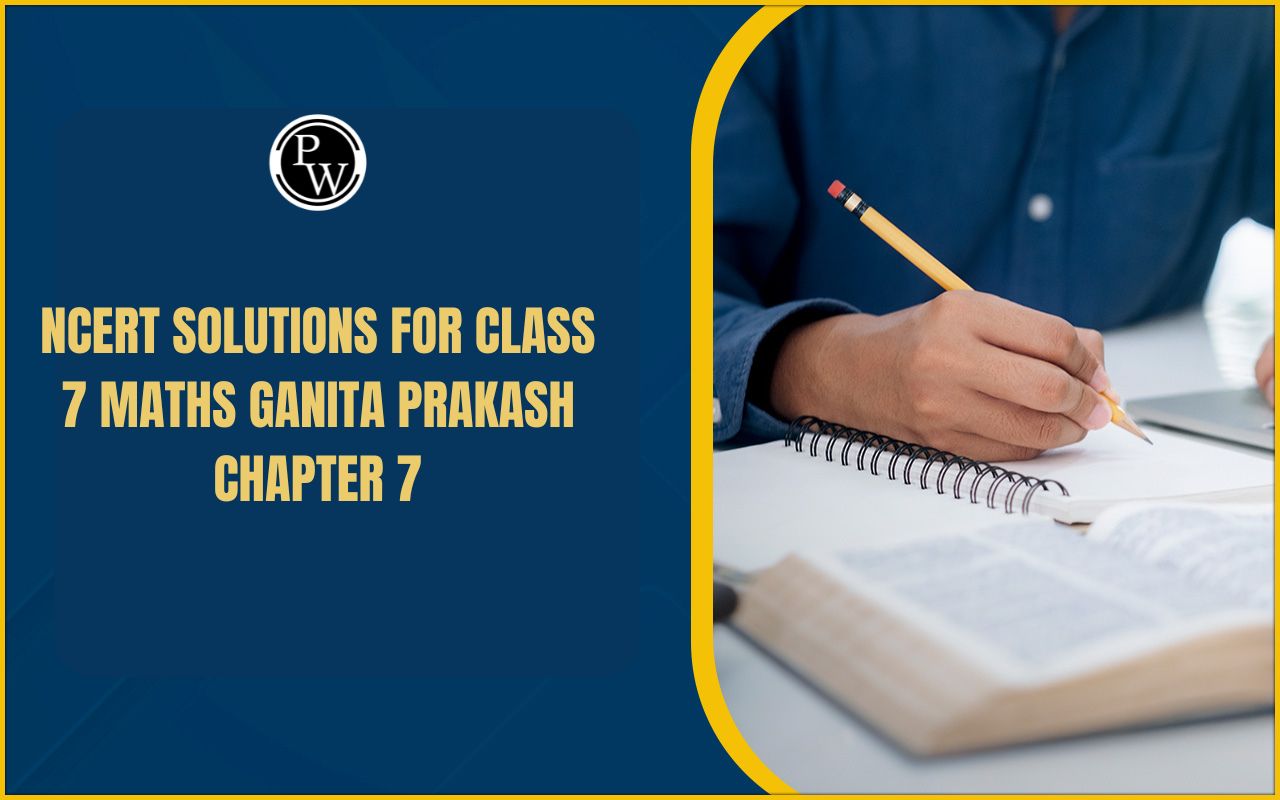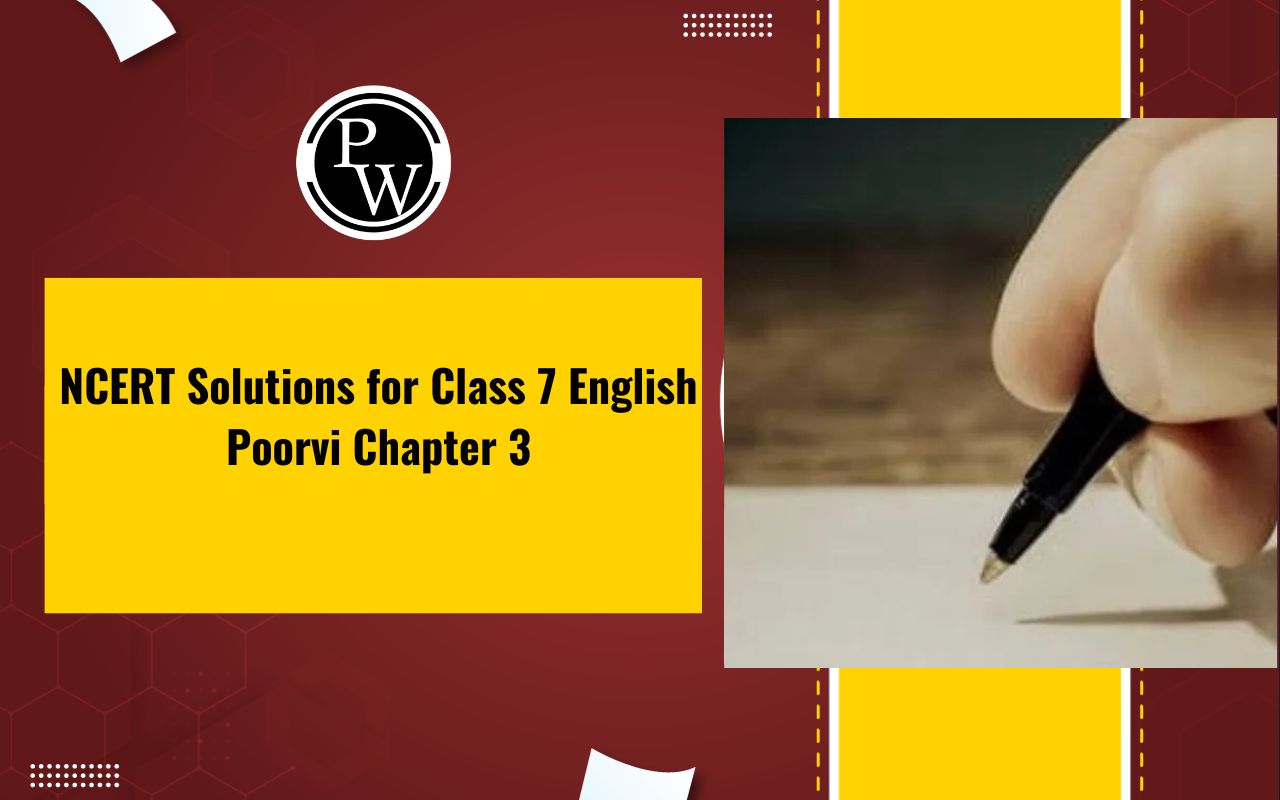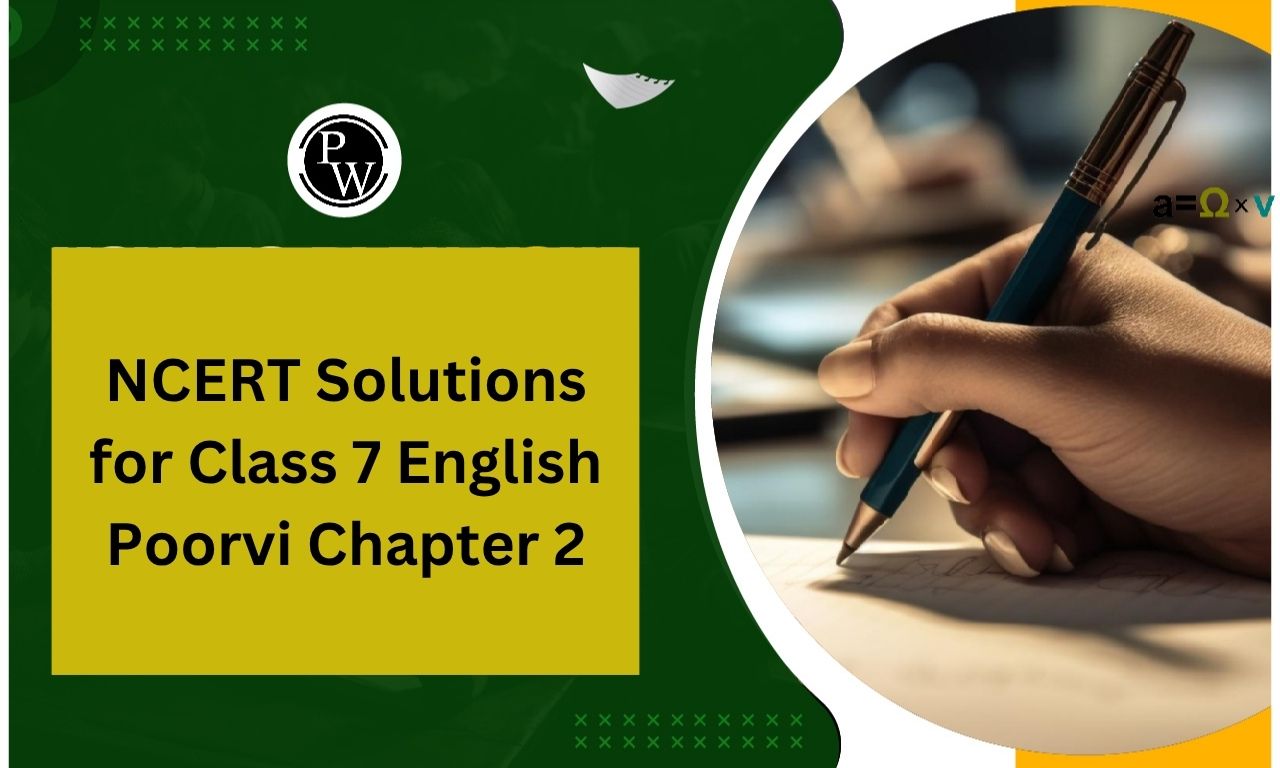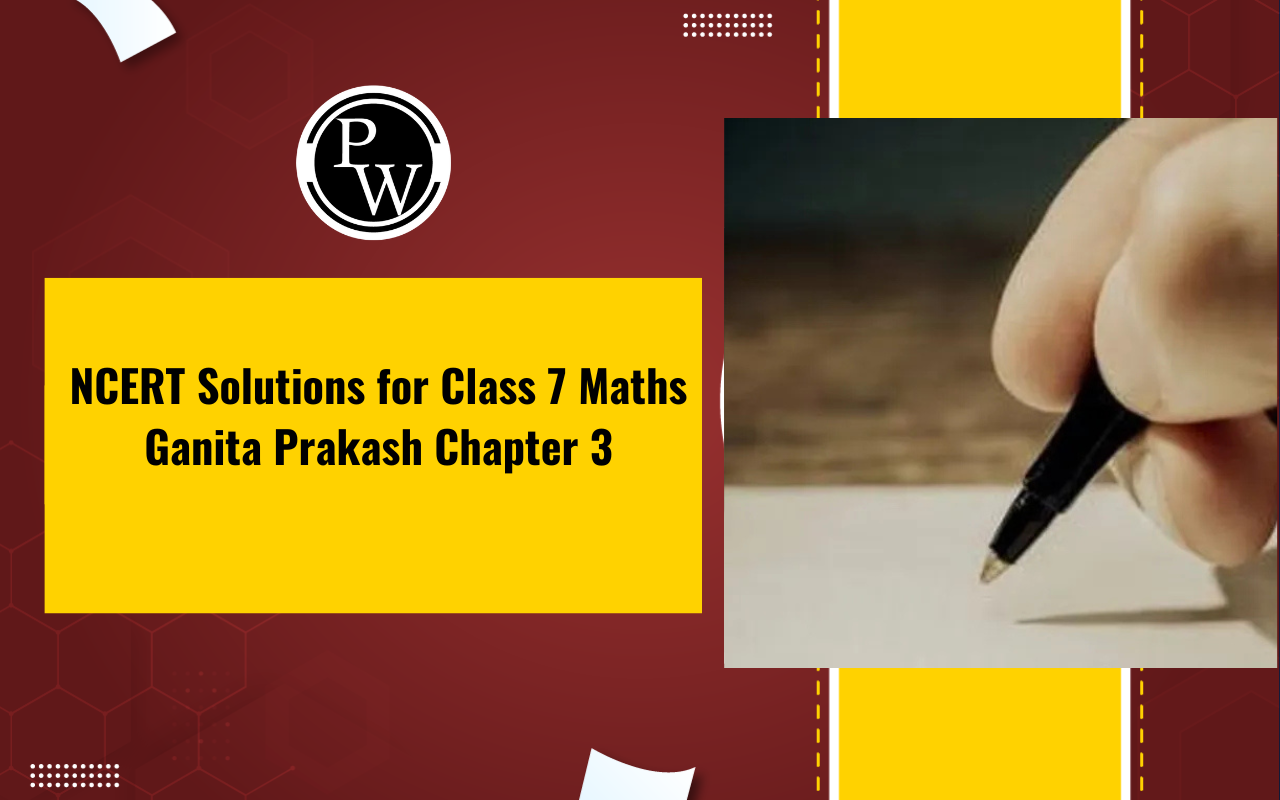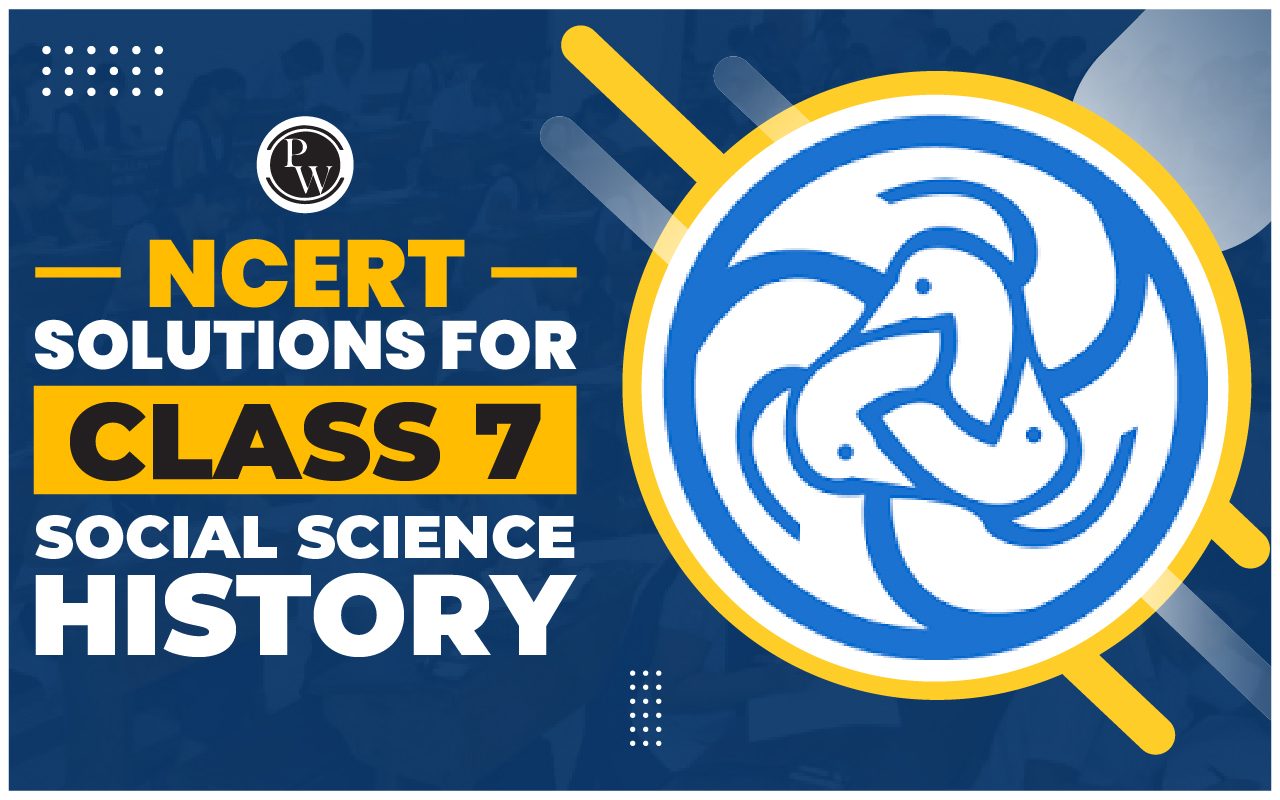
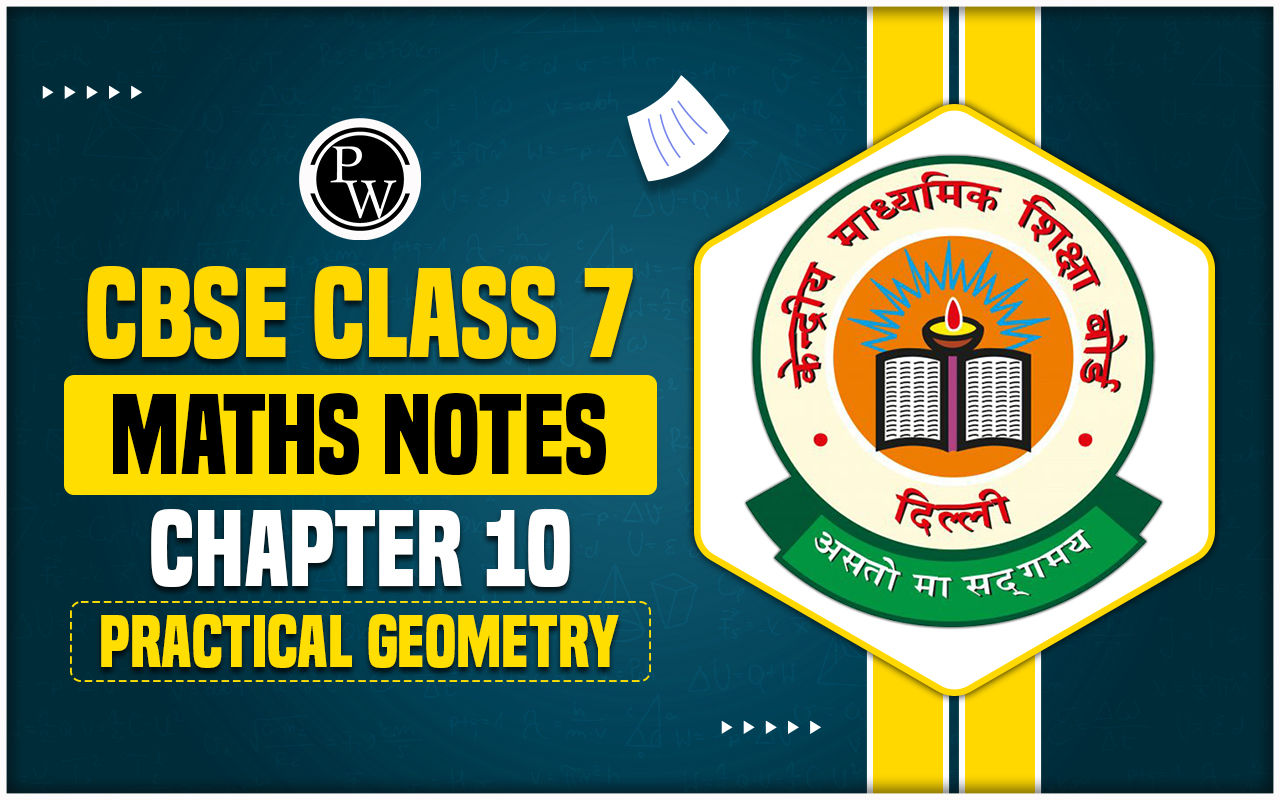
CBSE Class 7 Maths Notes Chapter 10
CBSE Class 7 Maths Notes Chapter 10 Practical Geometry: In Chapter 10 of CBSE Class 7 Maths, you'll learn about Practical Geometry. It's all about making different shapes accurately using tools like rulers, compasses, and protractors. This is important because it helps you understand how to draw shapes properly, which is useful in many areas like building and designing things.
Throughout this chapter, you'll learn how to draw triangles, quadrilaterals, polygons, and circles step by step. Learning Practical Geometry helps you improve your skills in understanding shapes and solving problems related to them. It's a hands-on way to understand geometry better and make math more interesting and easier to understand.CBSE Class 7 Maths Notes Chapter 10 Practical Geometry PDF
Students can use our Class 7 Maths Chapter 10 Revision Notes if they are having trouble understanding the concepts covered in Practical Geometry. The notes are written in a clear, concise, and accessible manner. Students can get the Class 7 Chapter 10 Practical Geometry from this page right now if they want to review the basics of Chapter 10 Practical Geometry.CBSE Class 7 Maths Notes Chapter 10 Practical Geometry PDF
CBSE Class 7 Maths Notes Chapter 10 Practical Geometry
Introduction Practical Geometry
Practical Geometry is a fundamental branch of mathematics that focuses on the construction of geometric shapes using basic tools such as rulers, compasses, and protractors. Unlike theoretical geometry, which deals with the properties and relationships of shapes, practical geometry emphasizes the hands-on aspect of creating these shapes. In Practical Geometry, students learn how to accurately construct various geometric figures, including lines, angles, triangles, quadrilaterals, and circles, based on given specifications or measurements. This branch of mathematics not only reinforces geometric concepts but also cultivates spatial reasoning skills and promotes problem-solving abilities. Throughout the study of Practical Geometry, students engage in activities where they physically draw and construct geometric shapes, following specific steps and guidelines. By doing so, they gain a deeper understanding of geometric principles and develop proficiency in using geometric tools effectively. Practical Geometry plays a crucial role in various fields, including architecture, engineering, design, and even everyday tasks such as drawing diagrams or laying out blueprints. Therefore, mastering the principles of Practical Geometry is essential for students to apply geometric concepts in real-world scenarios and pursue careers in related fields. Overall, Practical Geometry serves as a practical and tangible approach to learning geometry, enabling students to visualize and create geometric shapes while honing their problem-solving skills and preparing them for practical applications in various domains.| CBSE Syllabus Class 7 | |
| CBSE Class 7 English Syllabus | CBSE Class 7 Math Syllabus |
| CBSE Class 7 Social Science Syllabus | CBSE Class 7 Science Syllabus |
Construction of Basic Shapes
Construction of Line Segments:
- To construct a line segment of a given length, we use a ruler and draw a straight line with the given length.
Construction of Angles:
- Using a protractor, we can construct angles of specific measures. For example, a 90-degree angle is formed by drawing perpendicular lines.
Construction of Triangles:
- We can construct different types of triangles (equilateral, isosceles, and scalene) using a ruler and compass. Each triangle has specific rules for construction.
Construction of Quadrilaterals:
- Quadrilaterals like squares, rectangles, parallelograms, and rhombuses can be constructed using proper measurements and guidelines.
Construction of Circles:
- Circles can be constructed using a compass, which helps in drawing circles of specific radii.
Steps for Construction
- Understand the given problem and identify the required shape to be constructed.
- Draw the necessary lines and markings according to the given instructions.
- Use the appropriate tools (ruler, compass, protractor) to make accurate measurements and markings.
- Follow the construction steps systematically to create the desired shape.
- Check the final construction for accuracy and completeness.
Related Links -
Importance of Practical Geometry
- Practical Geometry helps in understanding geometric concepts visually and tangibly.
- It enhances spatial reasoning skills and promotes problem-solving abilities.
- Practical Geometry has real-life applications in fields like architecture, engineering, and design.
Steps of construction of a line parallel to a given line
- Take a line l and a point A outside l .
-
Take any point B on
l
and join it to
A
.

-
With
B
as the centre and a convenient radius, cut an arc on
l
at
C
and
BA
at
D
.

-
With
A
as the centre and same radius as in Step 3, cut an arc
EF
to cut
AB
at
G
.

- Measure the arc length CD by placing pointed tip of the compass at C and pencil tip opening at D .
-
With this opening, keep
G
as centre and draw an arc to cut arc
EF
at
H

-
Join
AH
to draw a line
m

Construction of a triangle with SSS criterion.
Construct a triangle ABC, given that AB = 4.5 cm, BC = 5 cm and AC = 6 cm. Steps: Make a rough sketch for your reference Draw a line segment BC = 5 cm With B as centre, draw an arc of radius 4.5 cm
With B as centre, draw an arc of radius 4.5 cm
 With C as centre, draw an arc of radius 6 cm and cut the previous arc
With C as centre, draw an arc of radius 6 cm and cut the previous arc
 Mark the point of intersection of arcs as A. Join AB and AC. ΔABC is now ready
Mark the point of intersection of arcs as A. Join AB and AC. ΔABC is now ready

Note: SSS congruency rule:- If three sides of one triangle are equal to the corresponding three sides of another triangle, then the two triangles are congruent
Construction of a triangle with SAS criterion
Construct ΔPQR with QR = 7.5 cm, PQ = 5 cm and ∠Q = 60 0 . Steps: Make a rough sketch for your reference Draw a line segment QR = 7.5 cm With Q as centre, draw an arc of radius 5 cm. It cuts QX at P.
With Q as centre, draw an arc of radius 5 cm. It cuts QX at P.
 Join AB. ΔPQR is now ready
Join AB. ΔPQR is now ready

Construction of a triangle with ASA criterion
Construct ΔXYZ with ∠X = 30 0 , ∠Y = 100 0 and XY = 5.8 cm. Steps: Make a rough sketch for your reference Draw XY = 5.8cm At X, draw a ray XP making an angle of 30
0
with AB.
At X, draw a ray XP making an angle of 30
0
with AB.
 At Y, draw a ray YQ making an angle of 100
0
with XY.
At Y, draw a ray YQ making an angle of 100
0
with XY.
 The point of intersection of the two rays is Z.
ΔXYZ is now completed
The point of intersection of the two rays is Z.
ΔXYZ is now completed

Construction of a triangle with RHS criterion
Construct ΔLMN, where ∠M = 90 0 , MN = 8cm and LN = 10 cm. Steps: Make a rough sketch for your reference Draw MN = 8 cm At M, draw MX ⊥ MN.
At M, draw MX ⊥ MN.
 With N as centre, draw an arc of radius 10 cm to cut MX at L
With N as centre, draw an arc of radius 10 cm to cut MX at L
 Join LN.
ΔLMN is now completed
Join LN.
ΔLMN is now completed

CBSE Class 7 Maths Notes Chapter 10 Practical Geometry FAQs
What is Practical Geometry?
Why is Practical Geometry important?
What are the basic tools used in Practical Geometry?
What are some common constructions in Practical Geometry?


